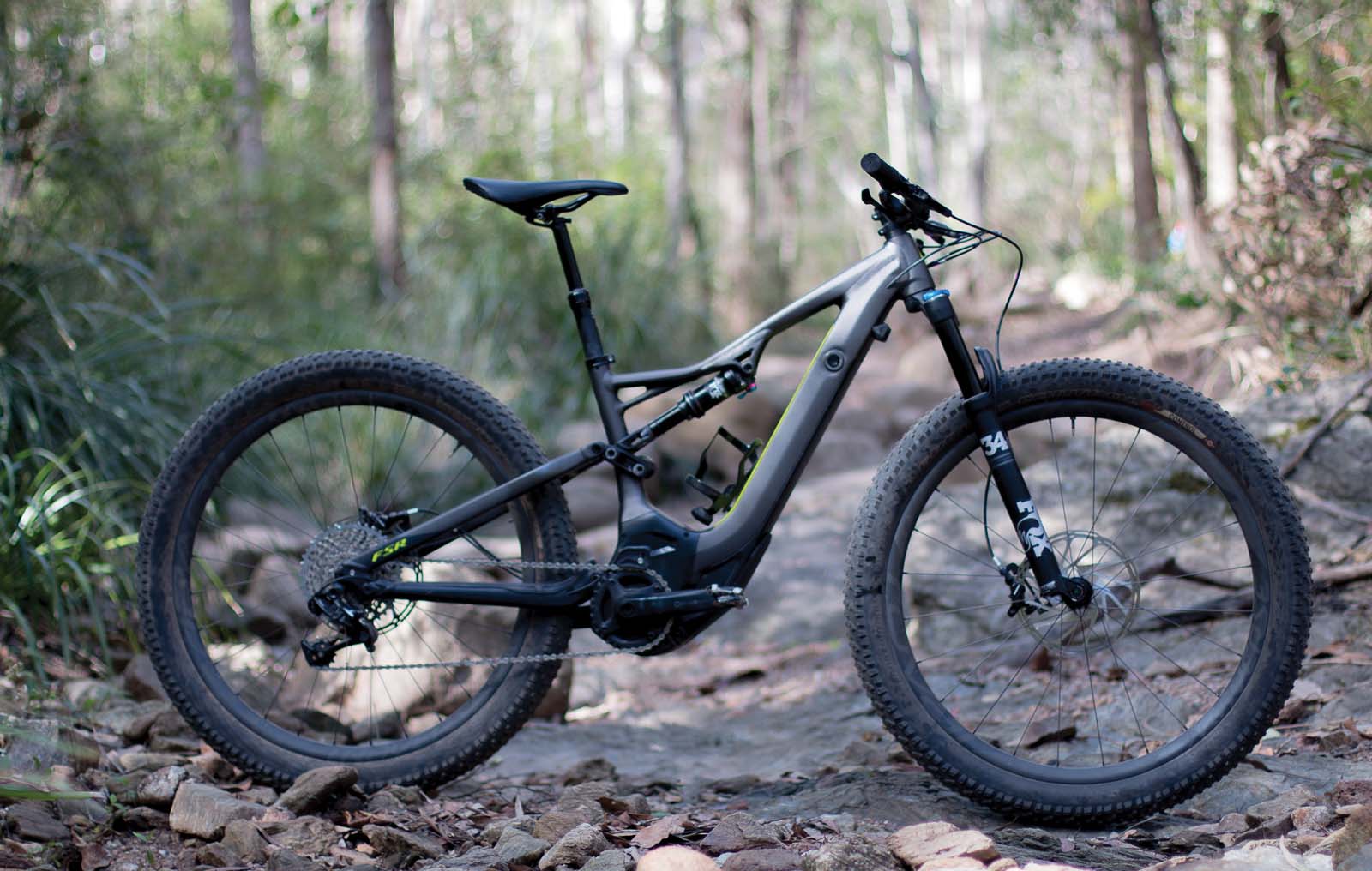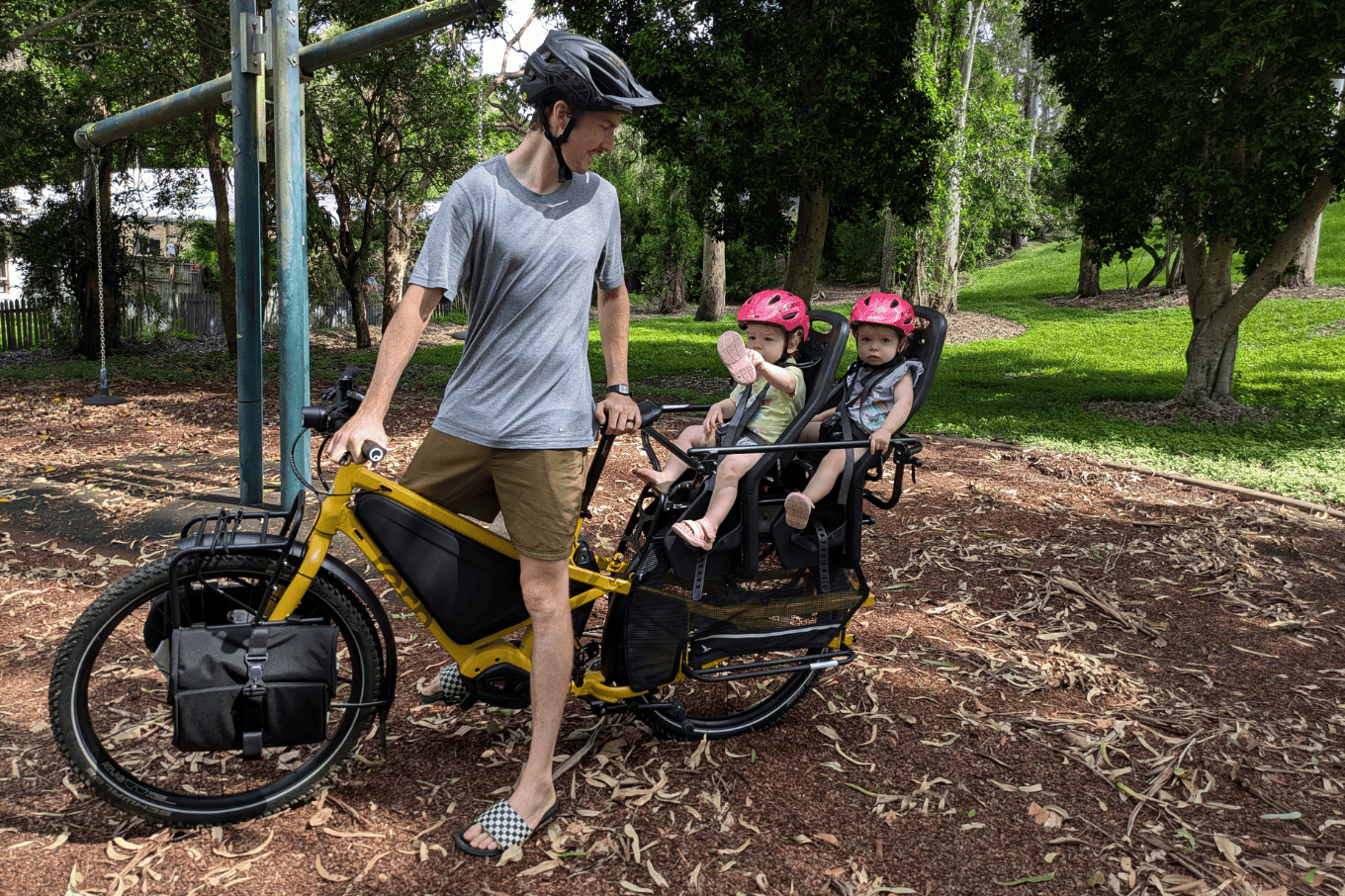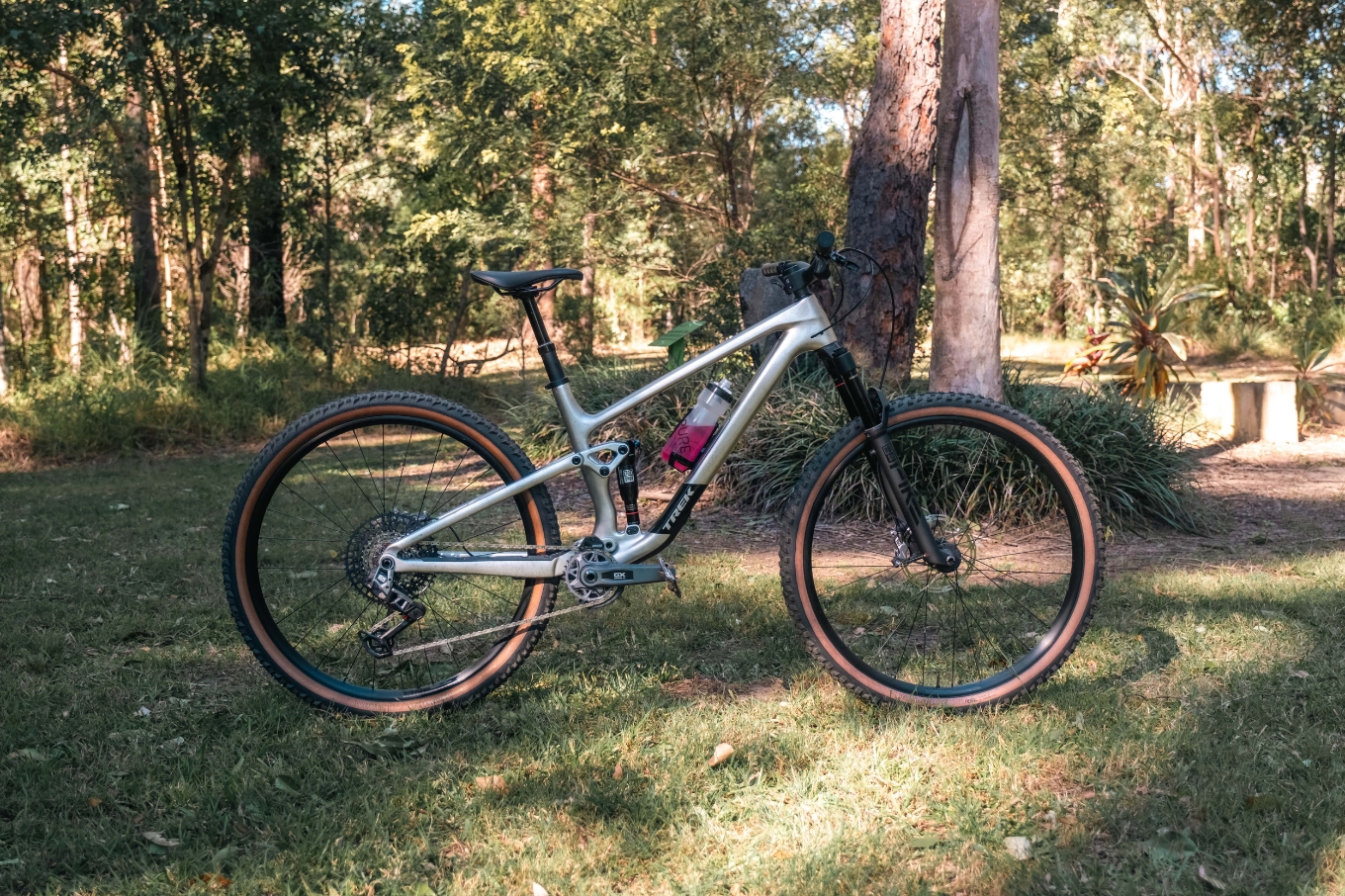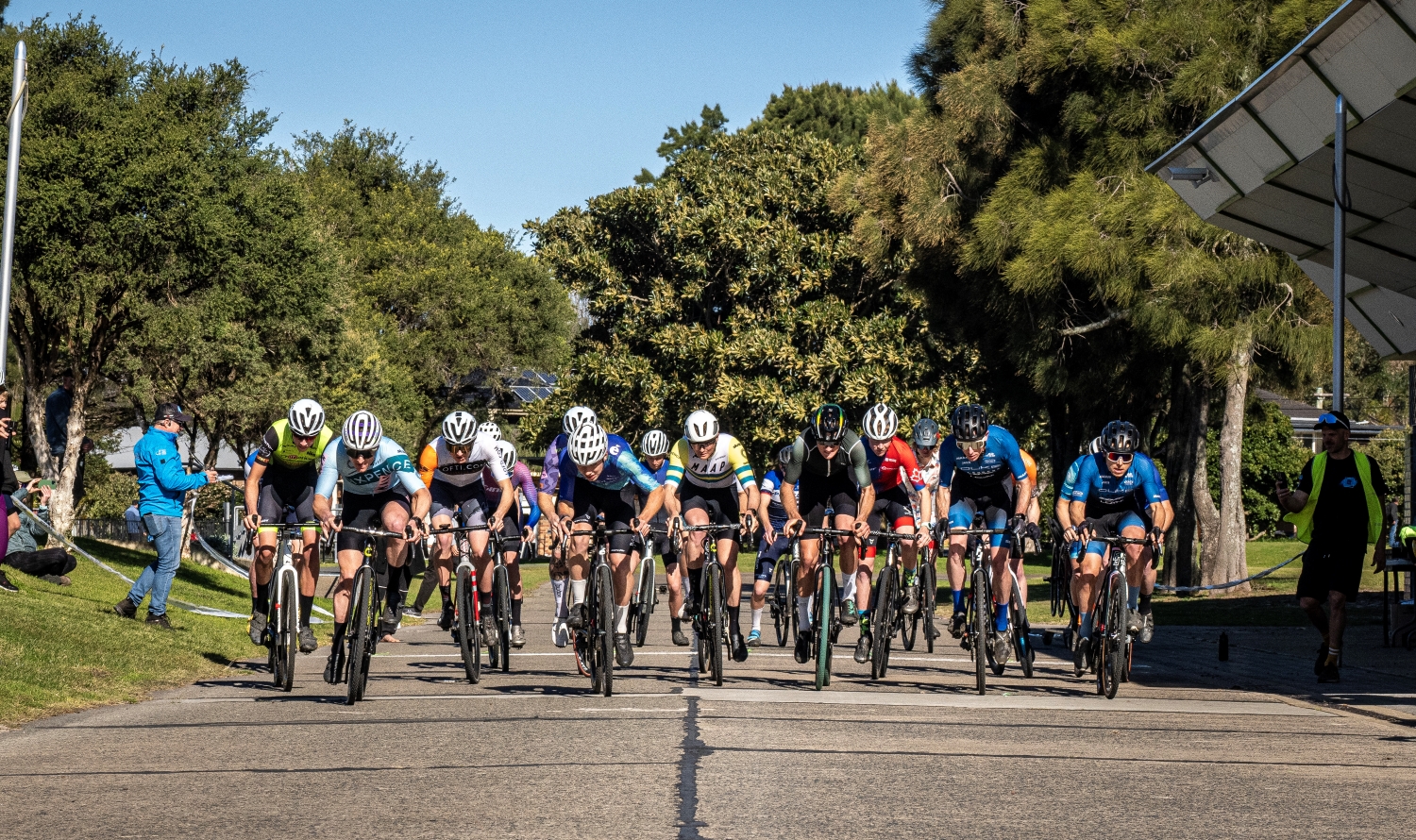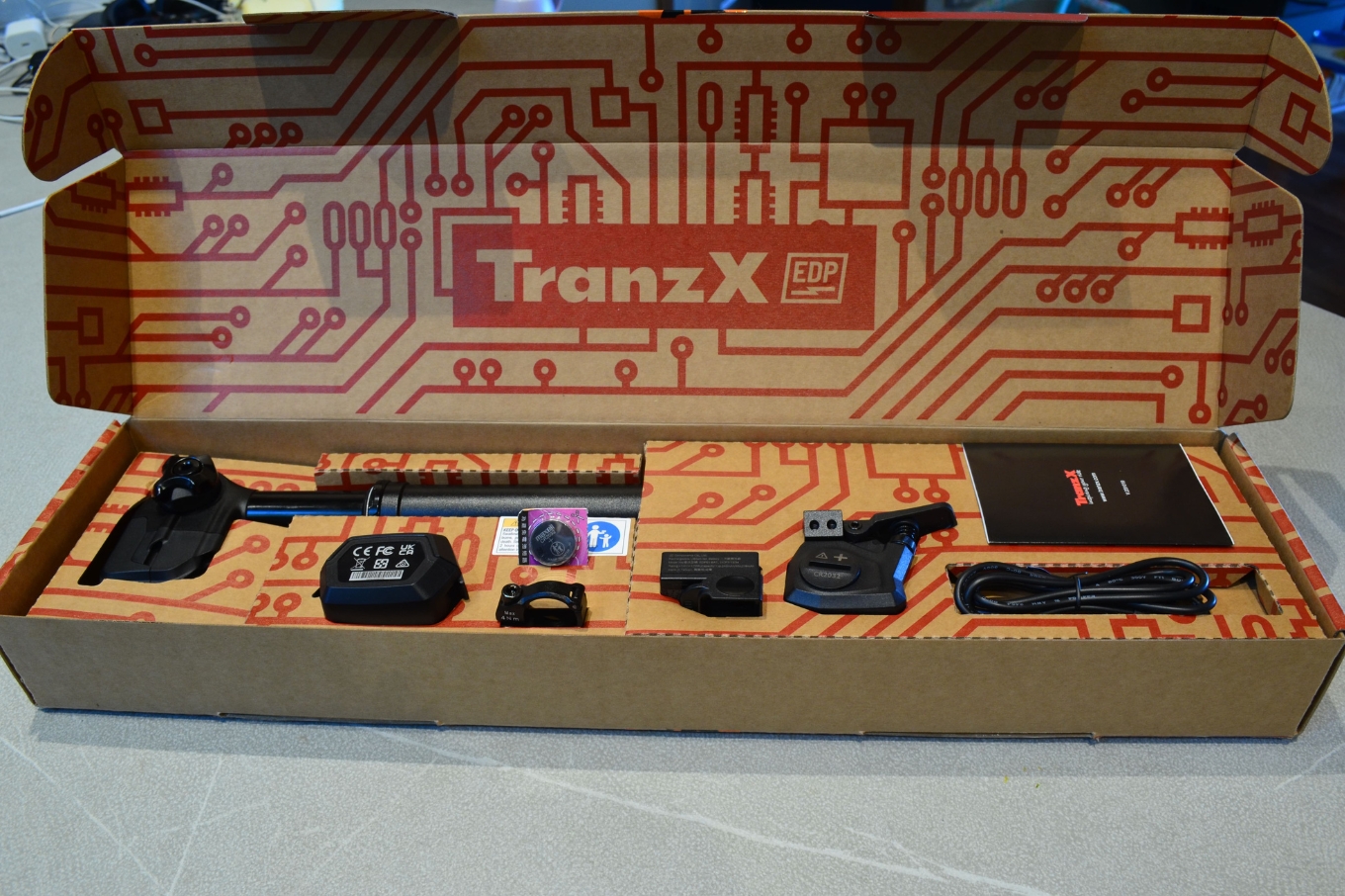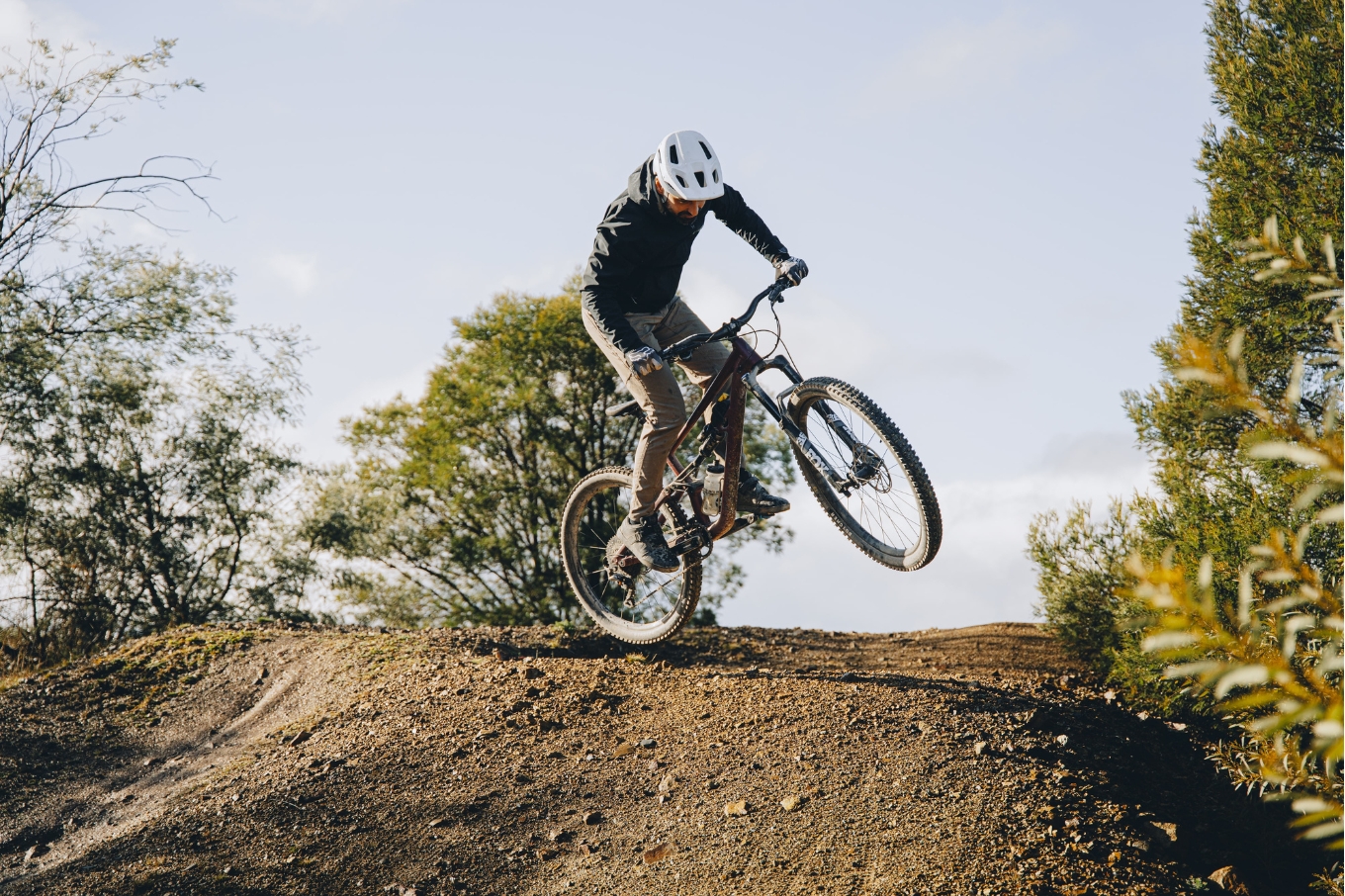TESTED: Specialized Turbo Levo FSR Short Travel Comp
Specialized have pounced with the Turbo Levo FSR Short Travel Comp to try to produce a real game-changer in the e-bike market and one which really blurs the lines.
Words: Anna Beck Photos: Mike Blewitt
E-bikes. To say they’re divisive would be an understatement. Read any online article on pedal assisted or powered bikes and the comments section is aflame with vitriol. “It’s not mountain biking!”, “keep them off our trails”, “just glorified motorbikes!” and my personal favourite “they’ll take all the Strava KOMs!”.
The bike industry, however, is based upon innovation. Is it any surprise then that electric bikes would be on the agenda?
Specialized is the world’s most recognised bicycle brand. From pro road teams to World Cup mountain bikers, Specialized have been dominant in both high performance and recreational cycling for years. It’s little wonder then, that when whispers of electric bikes became reality with smaller boutique offerings, Specialized would be quick on the uptake to create something that is heavy on the R&D and is a real game-changer.
The Turbo Levo FSR Short Travel Comp sits in the middle of the range, specced as a 29”, 120mm short-travel option amongst the 1240mm, 27.5” semi-fat bikes that comprise the rest of the Levo offerings. While the bike we demoed comes specced standard as a 29” bike, Specialized had blinged it out with some carbon 27.5” fatty rims and tyres for us to test. At $8000 (with a 29” set-up, not the carbon 27.5” rims we demoed) it’s difficult to fathom that this is the offering that sits one above the $6500 entry-level model, but the myriad of features and innovations mean that you can see where the dollars are spent on the bike.
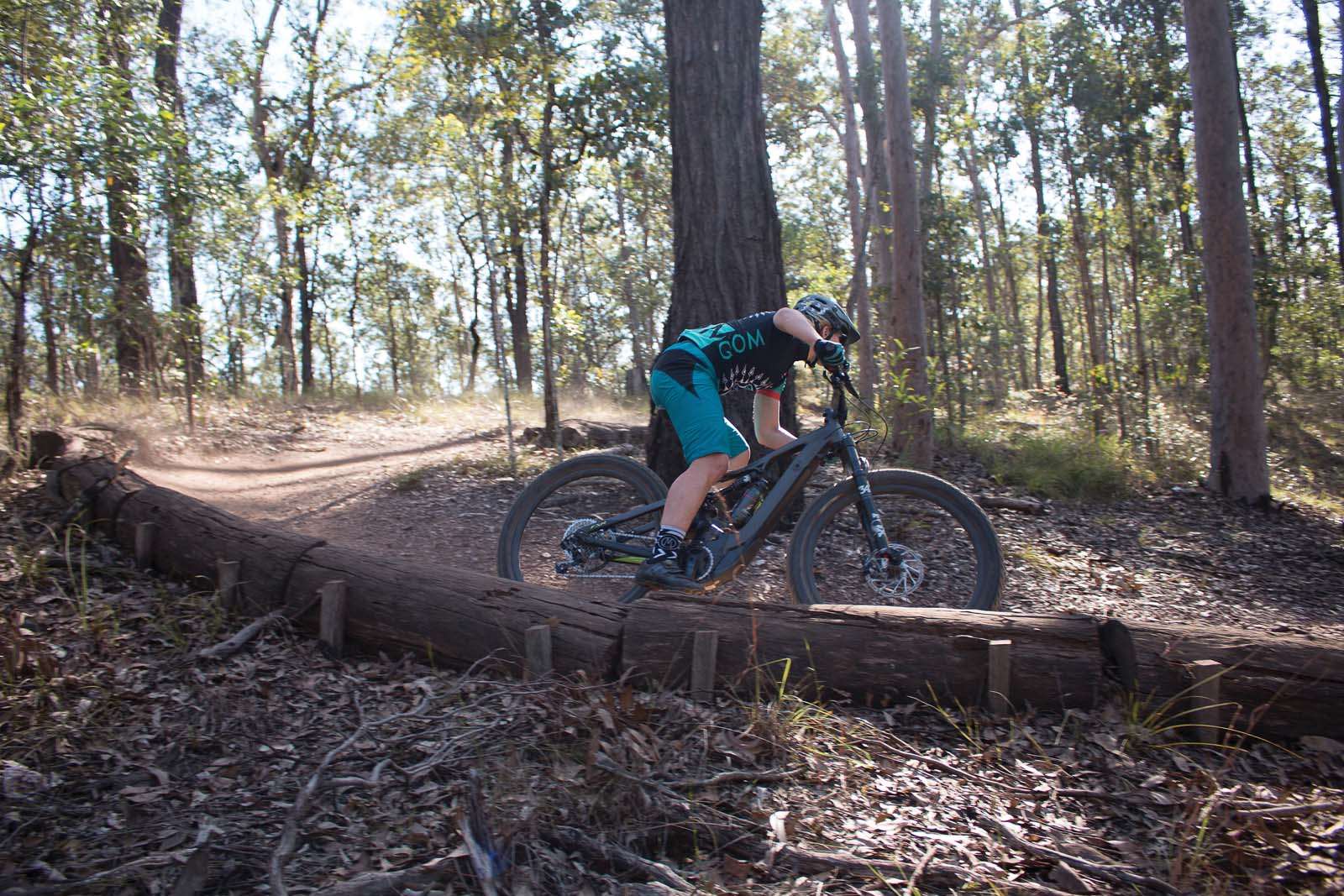
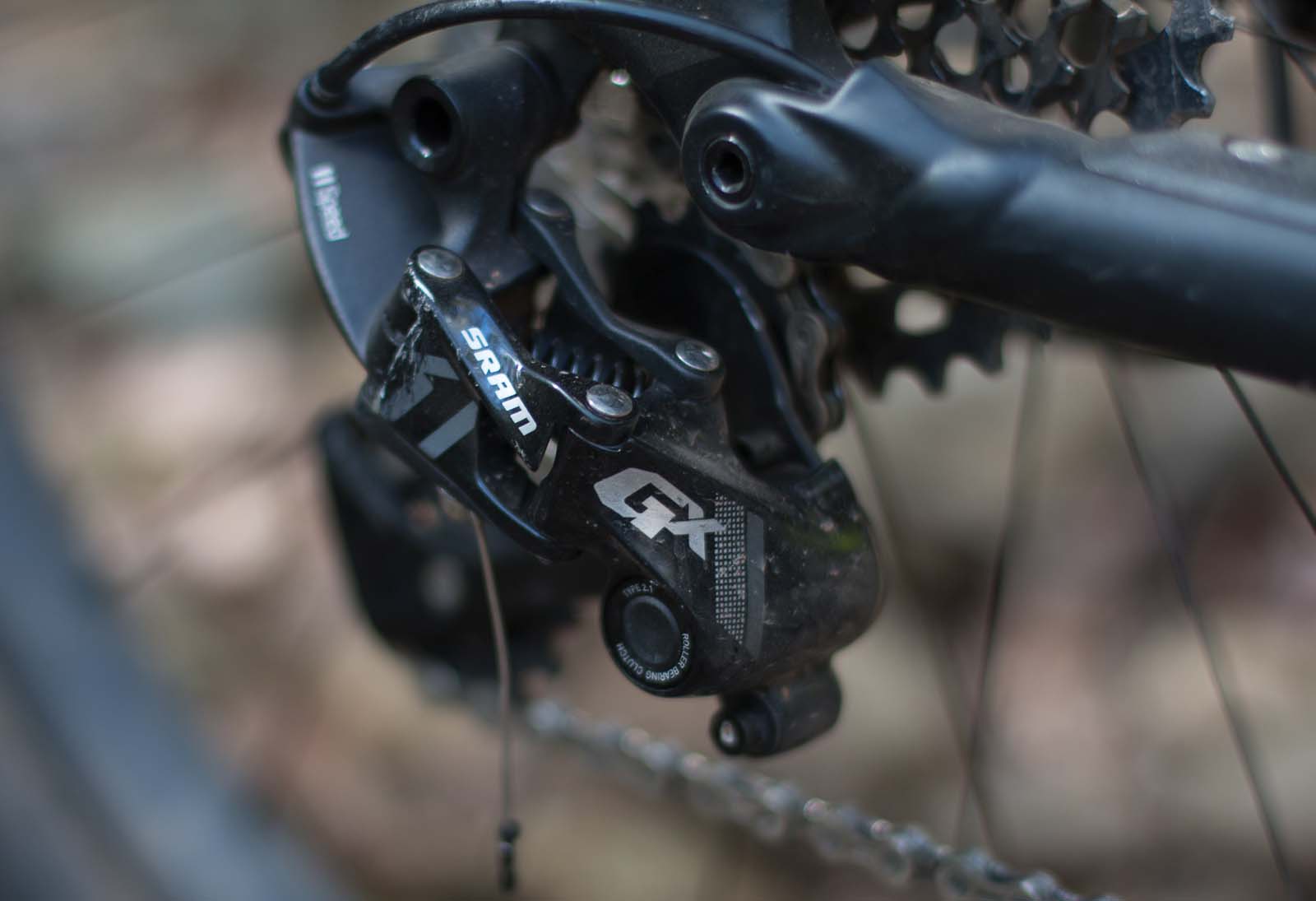
Specialized have been marketing the Levo not as an electric bike or a motorised bike, but rather as a trail bike that just happens to give you a little extra hand up the hills. This is why they have declined to label the Levo as an ‘e-bike’ preferring to call it a ‘pedal-assisted’ bike. After all, for the Levo’s motor to work it requires both torque and speed, separating it from a motorbike and other e-bikes on the market.
Rather than pegging this bike towards less able or fit riders, Specialized have instead taken the angle that the Levo enhances the average trail shredders ride experience by allowing an increased accessibility of trails and greater confidence. Specialized have worked to create a ‘pedal-assisted’ bike that rides like a bike, that is able to shred trails with the best of them, yet also features the integrated motor and battery featuring some serious technology, allowing for a fully customisable pedal-assisted experience.
INITIAL IMPRESSIONS
The Turbo Levo FSR Short Travel Comp is a whole lot of bike, both literally and figuratively. The lines of the bike mimic Specialised’s popular Stumpjumper FSR, but the burly M5 premium aluminium downtube indicates there is more than meets the eye on this rig. Without the extra beef, the bike could pass as a robust trail rig; and with Fox 34 120mm forks, wide carbon Roval 38mm 27.5” rims and fat 3” Specialized Purgatory tyres, it’s hard to deny the bike looks as badass as it gets for a motorised bike.
The reasoning for the battery and motor to be kept around the bottom bracket is to keep the centre of gravity slung low, a reason why Specialized has chosen to build their own proprietary battery and motor rather than using existing electrics. This is essentially a revolutionary bike; an e-bike from a high-end brand that transgresses other brands’ approach of adding an invariably awkwardly-placed motor to an existing frame. The battery itself is a custom integrated Li-Ion battery that slots into the down tube with the help of a 6mm allen key and a through-axel holding it in place. The base of the battery also features an integrated bash-guard. The side of the battery, which also comprises the downtube, boasts the illuminated Li-Ion battery life indicator and on/off button, allowing the rider to select the level of pedal-assist on the fly.
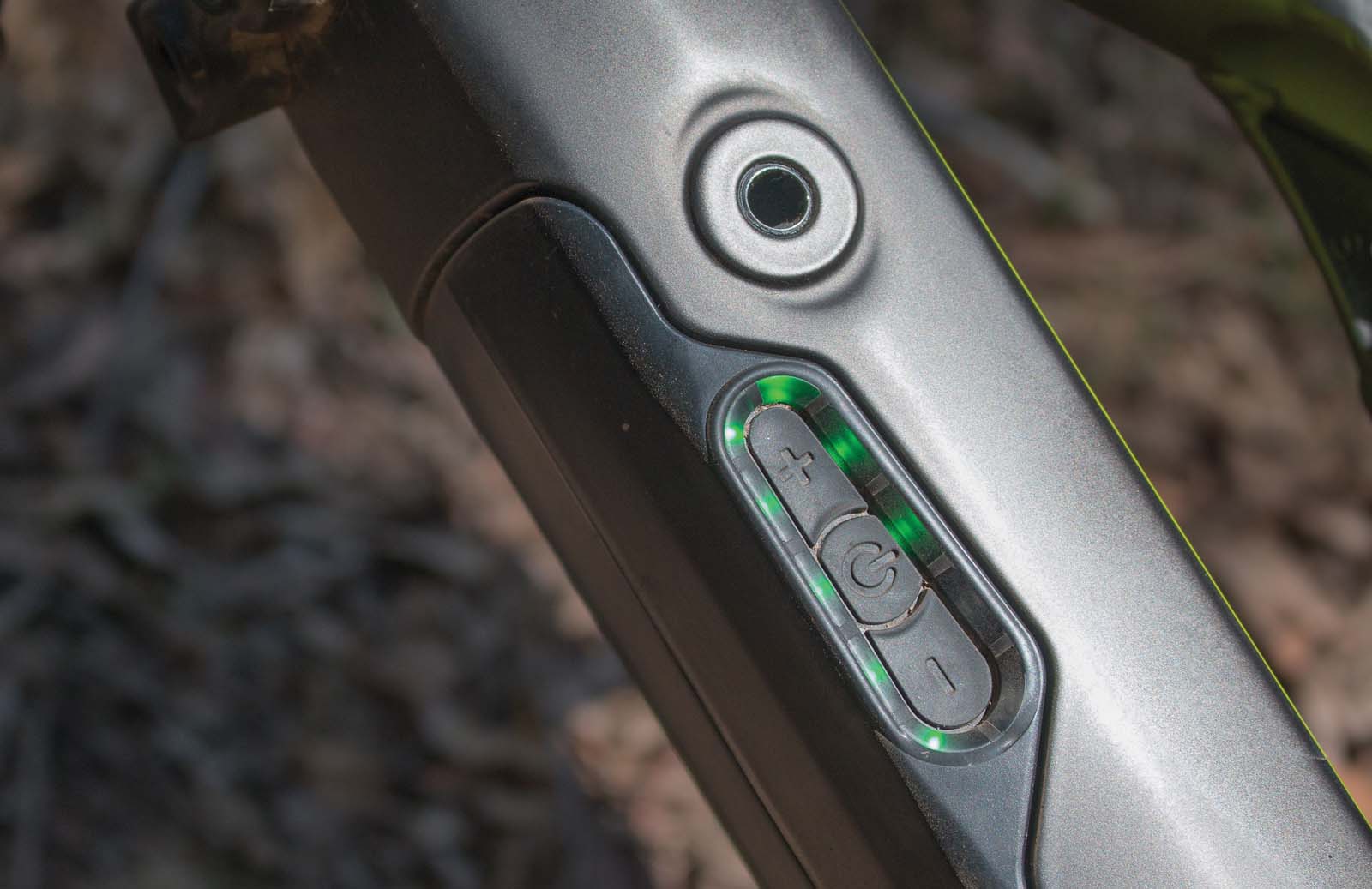
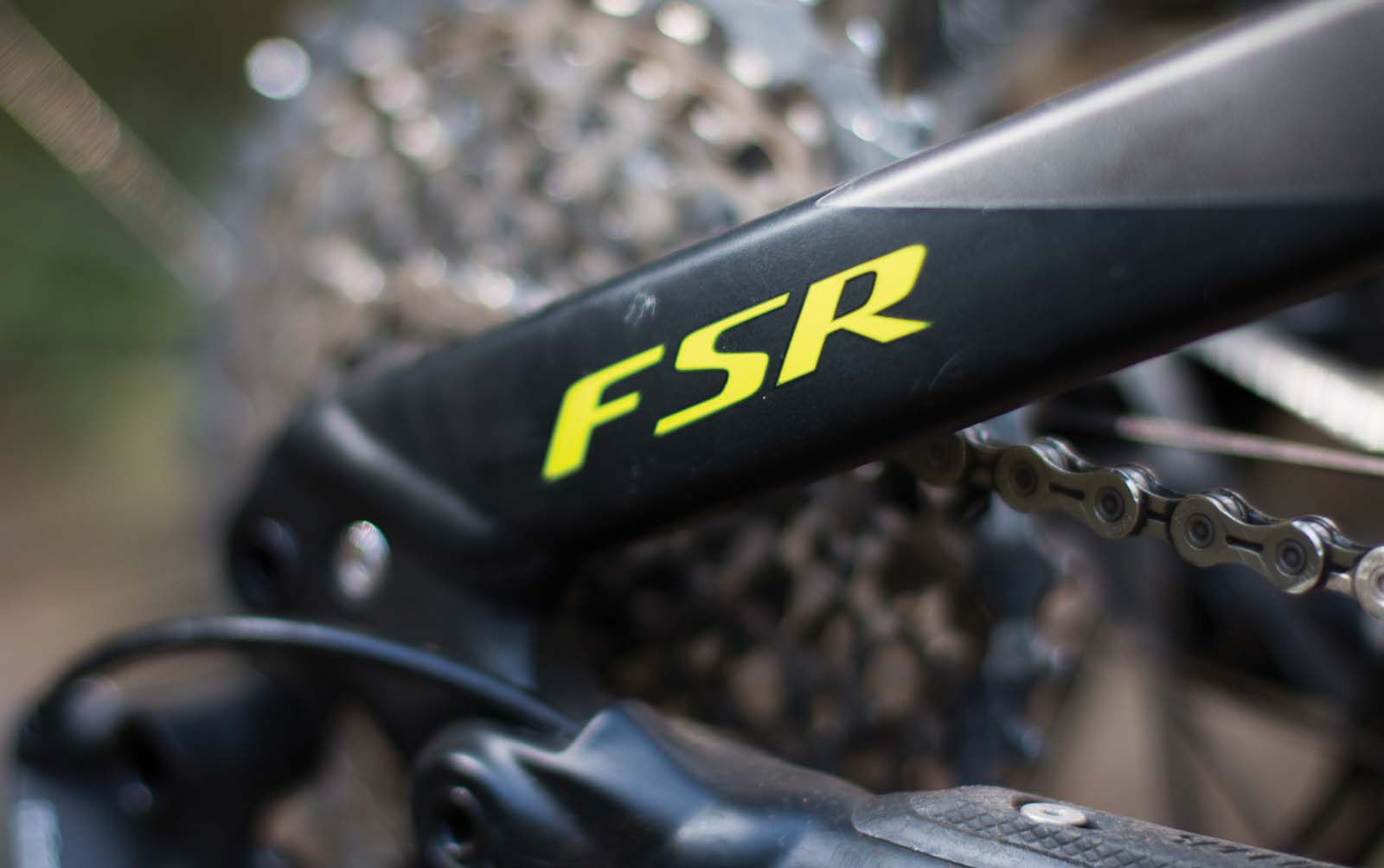
The geometry of the bike is a typical trail geometry; a slack 67 degree head angle paired up with the (relatively) short 459mm chainstays and short stem with 750mm bars mean that the bike sits you in quite an upright position, ready for the trail shred. The Command Post is a nice touch, and boasts 12 micro-adjustment points and a total of 100mm travel for the small model (M, L and XL feature 125mm dropper post).
For the suspension side of things, a Fox 34 Performance fork features a shortened travel length of 120mm and a 15mm thru-axle.
Getting down to the nitty gritty, the trail-tuned 250W motor has a maximum power delivery of 530W/90nm torque. This is certainly nothing to sneeze at, which anyone with a power meter will know; maintaining 530W for a prolonged period of time is a difficult thing if you’re not a Pro Tour or World Cup rider! Because it’s a ‘pedal-assist’ the motor doesn’t give anything away for free; you have to pedal for the motor to start and the harder you go, the harder it goes.
Other notable features include the SRAM GX drivetrain and Guide R brakes with 200mm rotors; though this may seem a little excessive on a 120mm bike, the extra beef of the frame and motor and overall weight of 22kg means that extra stopping power is welcomed.
Also of note is that Specialized also offer a Women’s Turbo Levo FSR comp, available in S, M and L and features the same frame with women-specific contact points.
In terms of getting on the bike and riding, the Turbo Levo is essentially push and play. You select the ‘on’ button and the LED light display tells you immediately how much battery life remains; each light illuminated equates to roughly 10% battery. Specialized’s smartphone app, ‘Mission Control’, allows customisable power delivery in three modes: eco, trail and turbo, which connects with the battery via Bluetooth and ANT+. The beauty of the app is that it negates the need for a bulky display on the bike. It can even link directly to Strava for those KOM-inclined, however the ethics of using Strava to pinch KOMs on an electric bike is probably due an article in itself.
Our only initial concerns with the bike centred around battery performance and longevity and the power modulation. The other gripe, which may seem trivial, is that the small frame tested struggled to accommodate even the smallest of bidons; perhaps Specialzed bargain on riders not getting very thirsty when there is a motor helping out?
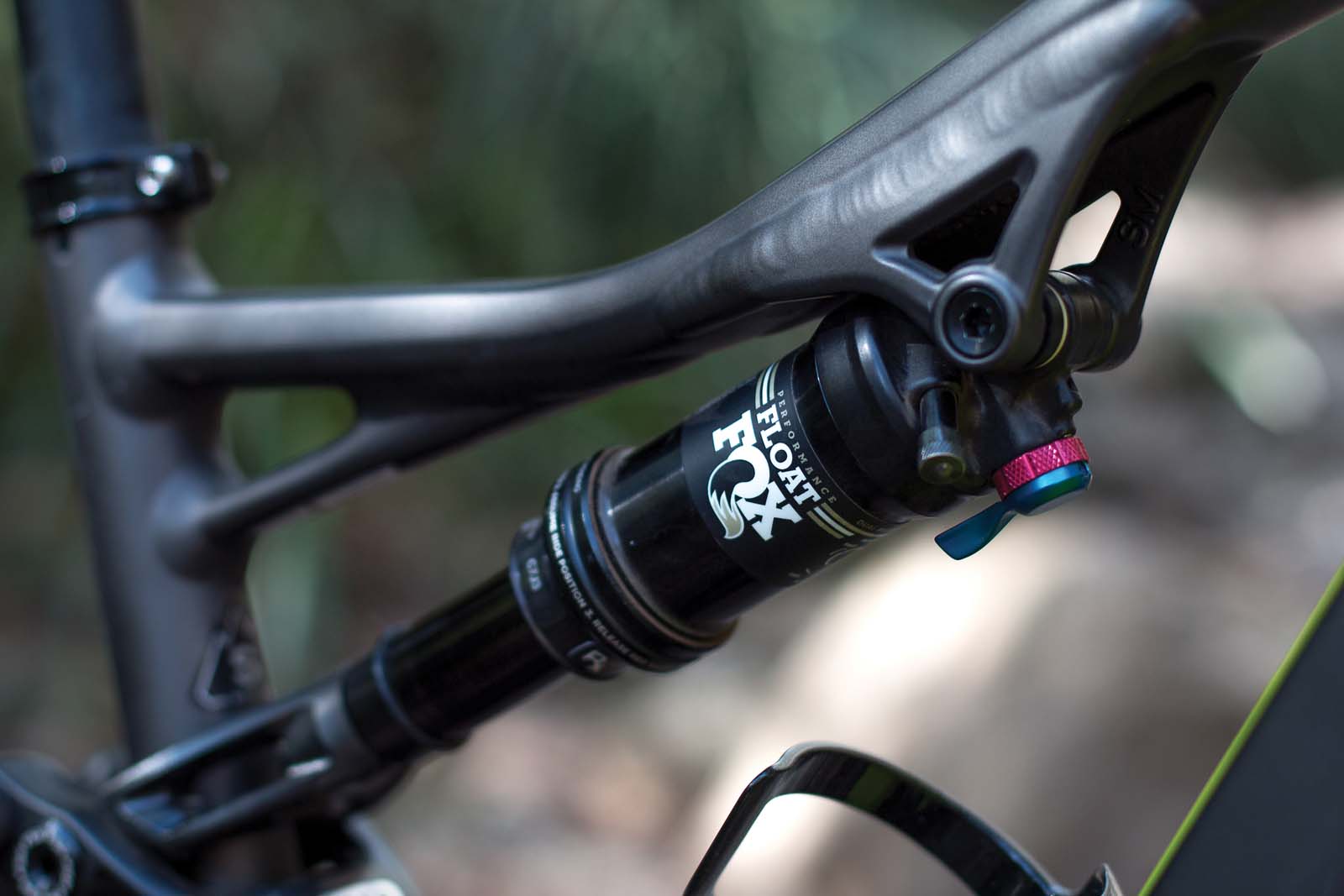
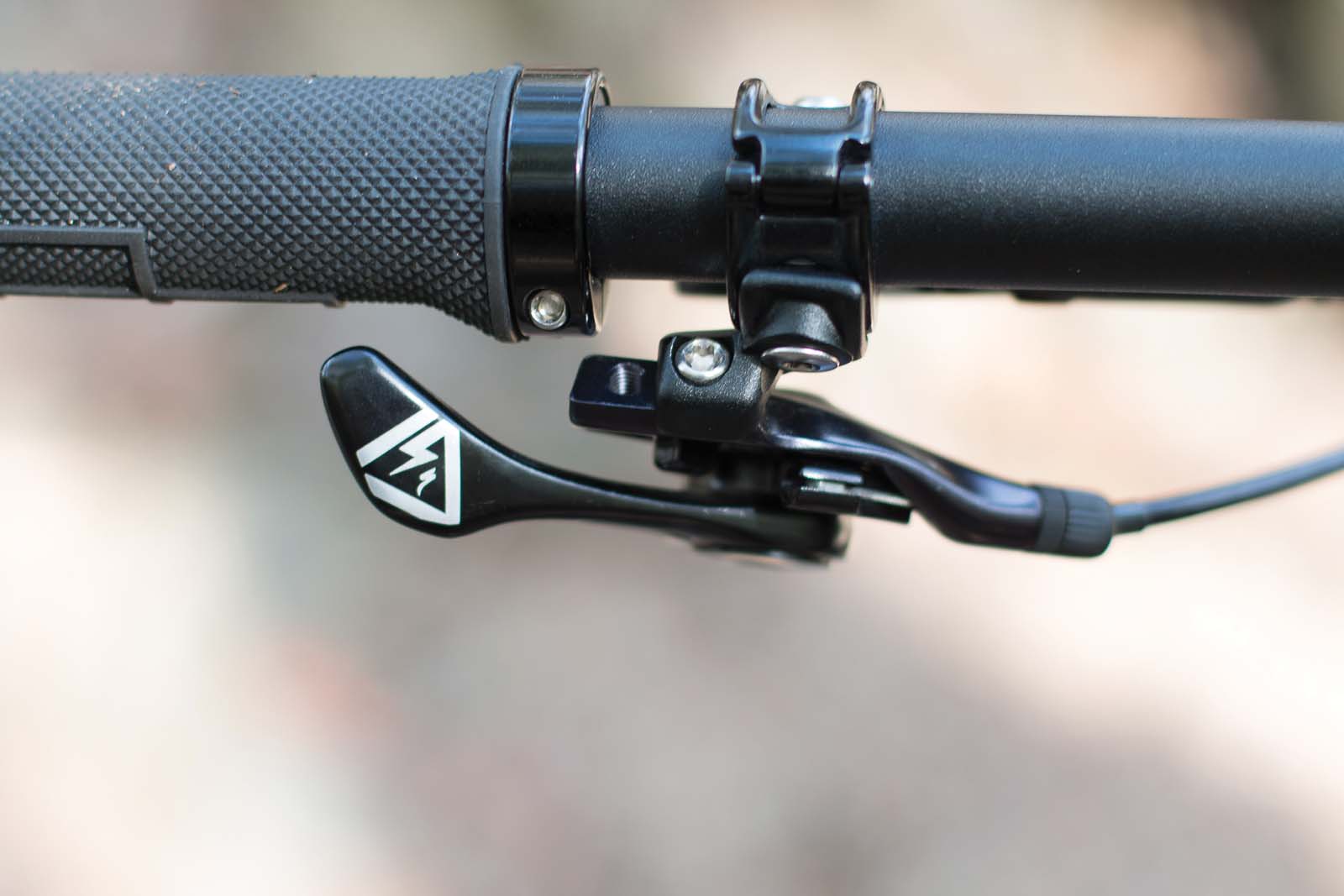
ON THE TRAIL
Our first ride was an eye-opener. The sheer bulk of the bike was apparent when the motor wasn’t turned on (even more so that one time we forgot to recharge and pedalled home with no pedal-assist…) and the Boost front end combined with the 3” tyres and 38mm Roval rims gave us the distinct feel that we were riding a tractor. Turn the motor on, however, and the speed of the motor had us suddenly whizzing across terrain with very minimal exertion; the bike transformed from a cumbersome tractor to a weapon of mass fun.
The wide (750mm) handlebars and short stem allowed for greater maneuverability on the trail, however proved a bit of a bar-checker in tight singletrack. The semi-fat tyres, when run at low pressure, allow an amazing level of control and confidence that’s difficult, if not impossible, to obtain using a standard 2.2” set-up. The ever-reliable Fox fork allowed predictable handling, and when matched with 3” tyres, allowed more suspension and grip than ever required for the local trails.
We had some initial problems with the dropper post not holding full-height, which resolved spontaneously through our first ride. The GX drivetrain was a stable performer; and though shifting under load is a bad idea on any bike, the whirring of the motor and power drop-out means that it’s an even worse idea on the Levo.
Enough about the conventional aspects of the bike though, how did it perform as a pedal assisted trail weapon? When the trail goes up, pedalling is still required to engage the motor, but the beauty is that you don’t have to pedal very hard. If you are fatigued from a day’s hard yakka or an arduous cross country outing the day prior, the Levo allows you to push what feels like 100W yet shimmy up a hill at the equivalent of 350W, with an almost silent motor. While we rode this bike mainly after hard sessions and the legs were happy to tap around at a low cadence and just ‘help’ the bike up the hill, the greatest fun was had when fresh, when putting in the hard yards meant we could reap the benefits and speed of the Levo’s motor.
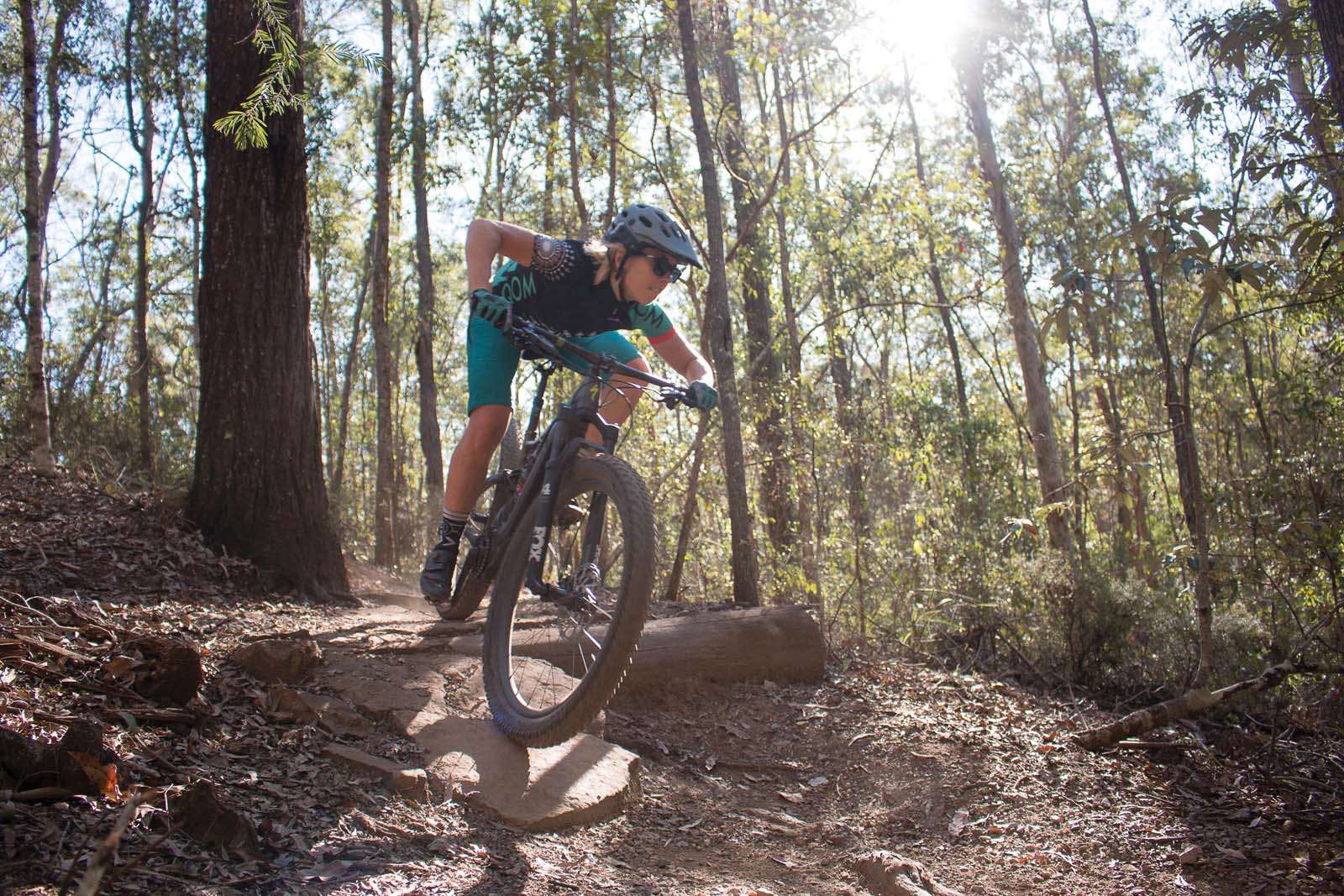

Furthermore, technical trails are smoothed with the 3” tyres, meaning that the motor and the fat tyres are quite good bedfellows, the only noticable deficit came when hopping up technical terrain where there was a few seconds of no rider output: the motor stopped and if the pause was long enough, so did momentum. Learning how to mitigate this had us really ramping up the pedal strokes in between technical sections in order to boost over obstacles.
On more undulating trails, we found that the motor took a few moments to kick in when approaching a hill at speed, once again not a big issue but it would be great if the pedalling/motor integration was more seamless in this situation. Consistent pedalling seemed to be the best way to go; riding the Levo like a conventional trail whip lead to surges in power and at times over-shooting the trail.
One of the biggest advantages of the Levo is that it does increase opportunities to ride long climbs to hit epic descents, and even allows the rider without mates and a ute for shuttling to do their own variety of pedal-assisted shuttles, but that being said the bike itself doesn’t career you down the mountain with instant skills and finesse. The bike is no lightweight, and as such even though a less fit rider may benefit from having a pedal-assist bike up the hills, they still require strength to maneuver the bike through singletrack, and this is no more apparent than when the bike requires hopping or airtime; the weight is noticeable. Downhillers in the early 00’s maneuvered bikes in the 17-20kg range, so it’s not unachievable, but a more arduous task than a regular trail bike.
The battery life was unable to be truly tested with us, however several 2hr rides had minimal impact on a fully charged battery, and removing the battery to charge was a breeze. The display was easy to navigate on the battery, and the app meant that settings could be changed wirelessly on the trail. The app also gave you an exact percentage of battery life left so you can reduce the pedal-assist if the battery is running low.
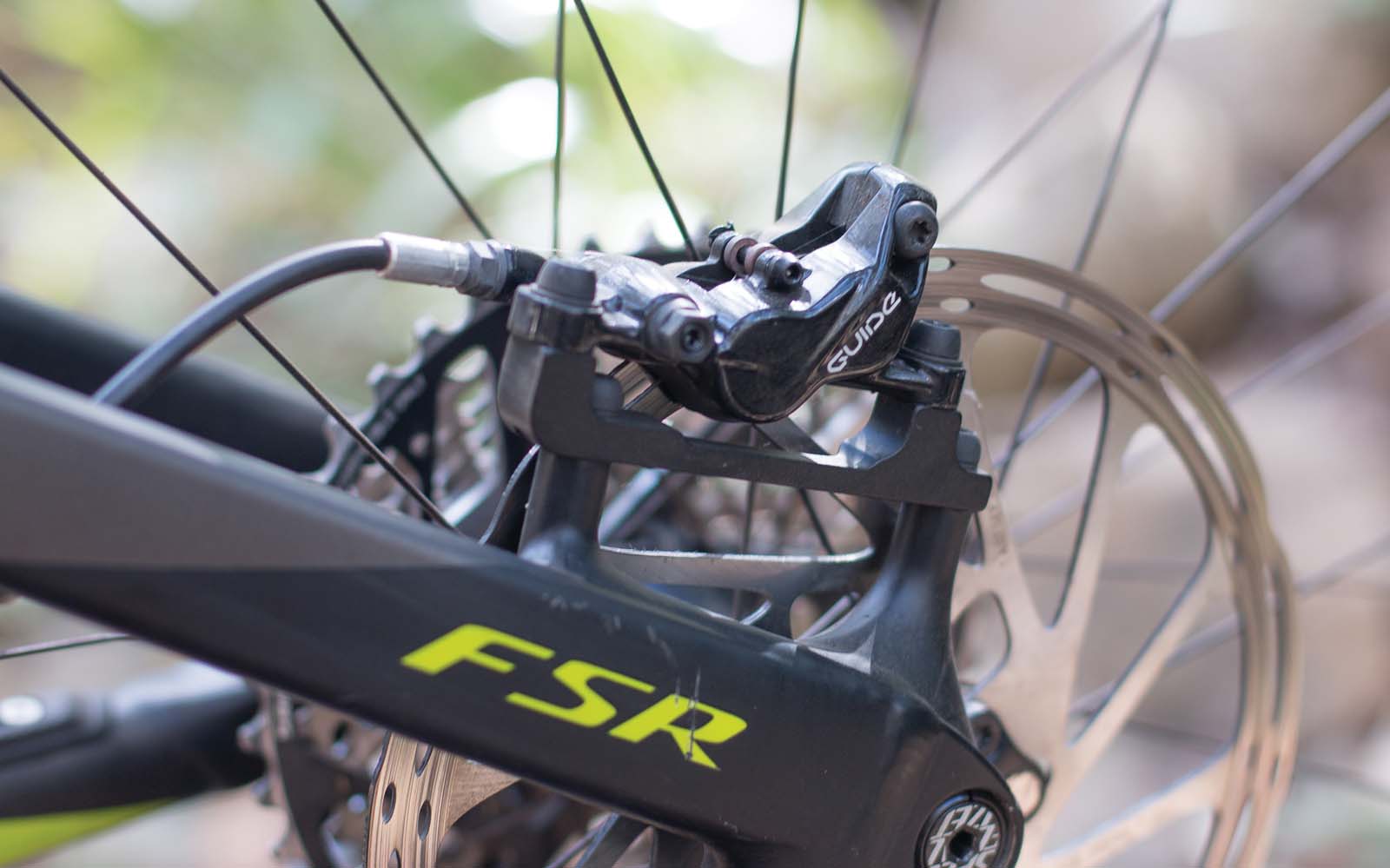
OUR TAKE
The Levo is not just another e-bike, but it’s not a trail bike either. This is a bike that blurs the lines more than ever before between conventional ‘e-bikes’ and non-motorised trail bikes. The pedal assist motor is largely quite well integrated into the experience of pedalling, there is a minor surge upon initiation but it soon evens out for smooth power delivery. The display and connectivity with the Mission Control app and specific Garmin products means that the feedback from the bike is instant, and power is quickly and easily adjusted. The drivetrain is a solid performer, though an unlikely spec for a bike of its price.
The main weaknesses of the Turbo Levo lies in its maneuverability due to its weight. While we understand that some extra time spent on the bike may allow us to become more comfortable with it’s weight, especially when in the air, this is a bike that is twice the weight of a lightweight cross-country dually and it shows. Furthermore, though the app and LED function wards against flat lining on power, without power the bike is a reluctant climber.
At $8000, this is not in the N+1 bike for those considering a cheap single speed to give it a go; it is a significant investment. That being said, who is the likely user of the Levo? Well, those in alpine areas who want to ride multiple gravity runs and want to get more descending time in could use the Levo as an easy alternative to shuttle runs, and for bigger hit trails Specialised offer the bike in 140mm options. It could also suit children or less strong riders to enable them to keep up with the fast crew, however the likelihood of parents shelling out $8000 for a child’s mountain bike is unlikely, and as mentioned even a less-strong rider has to be able to muscle the bike in the singletrack.
Who doesn’t the bike work for? Well, there are many haters of electric mountain bikes out there in the community, and if that’s you then don’t buy this bike. Vote with your feet and buy the bike you want to ride…but if you have an opportunity to try the Levo and experience a pedal-assisted bike then I would recommend it; it’s not contagious and you can go back to pushing your weight up a hill at any time. It’s okay to be bike curious, don’t be ashamed.
The Specialized marketing pegs this as a bike for people that want to go further, to do more, but still be a trail shredder. In that regard the Levo lives up to expectations, allowing riders to get to the top of the hill faster, roll over technical obstacles with ease all while exerting less energy, or exert the same amount of energy and ride really, really fast. After all, isn’t mountain biking all about chasing the thrill?
| Specialized Turbo Levo FSR Short Travel Comp | |
| RRP | $8,000 |
| Weight | 22.4kg |
| Distributor | specialized.com.au |

